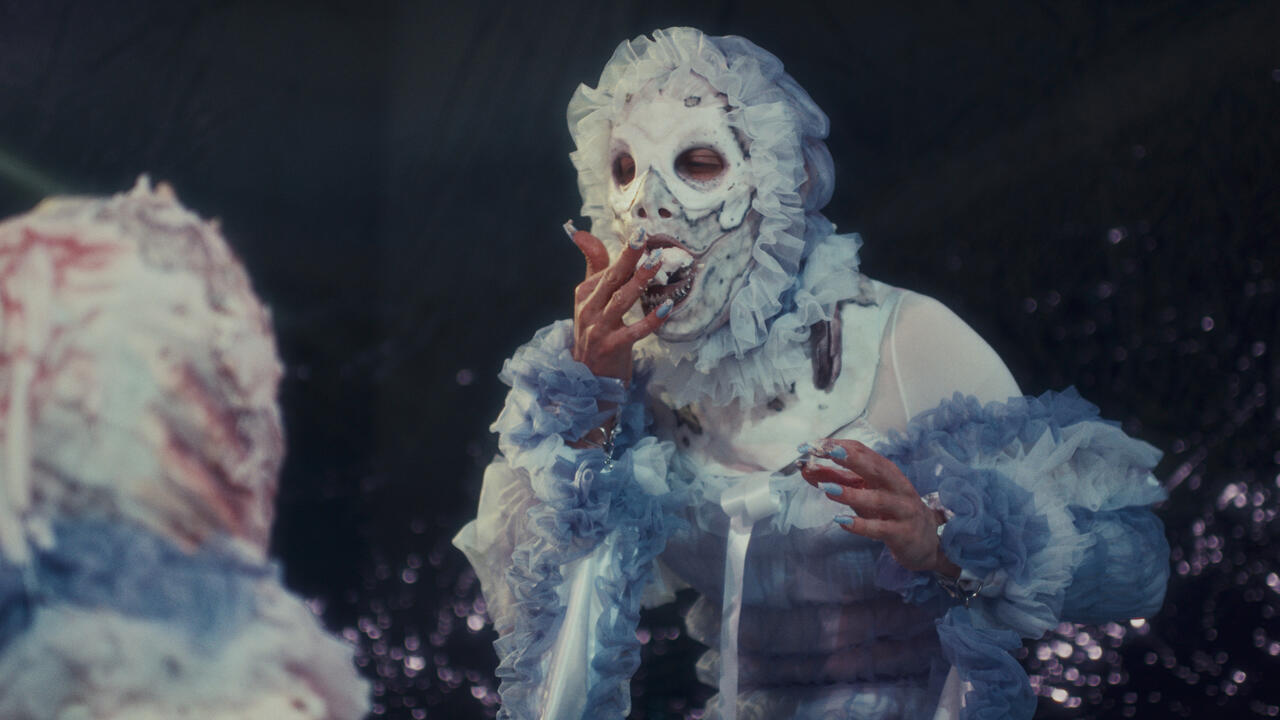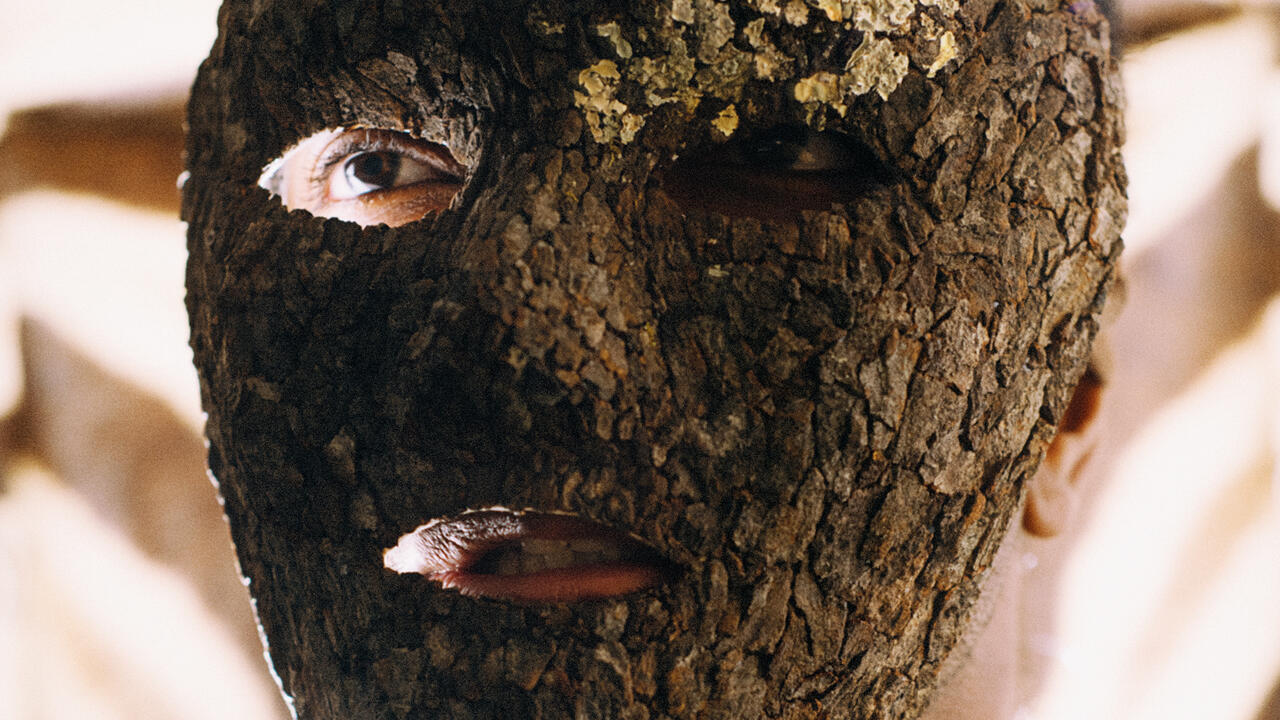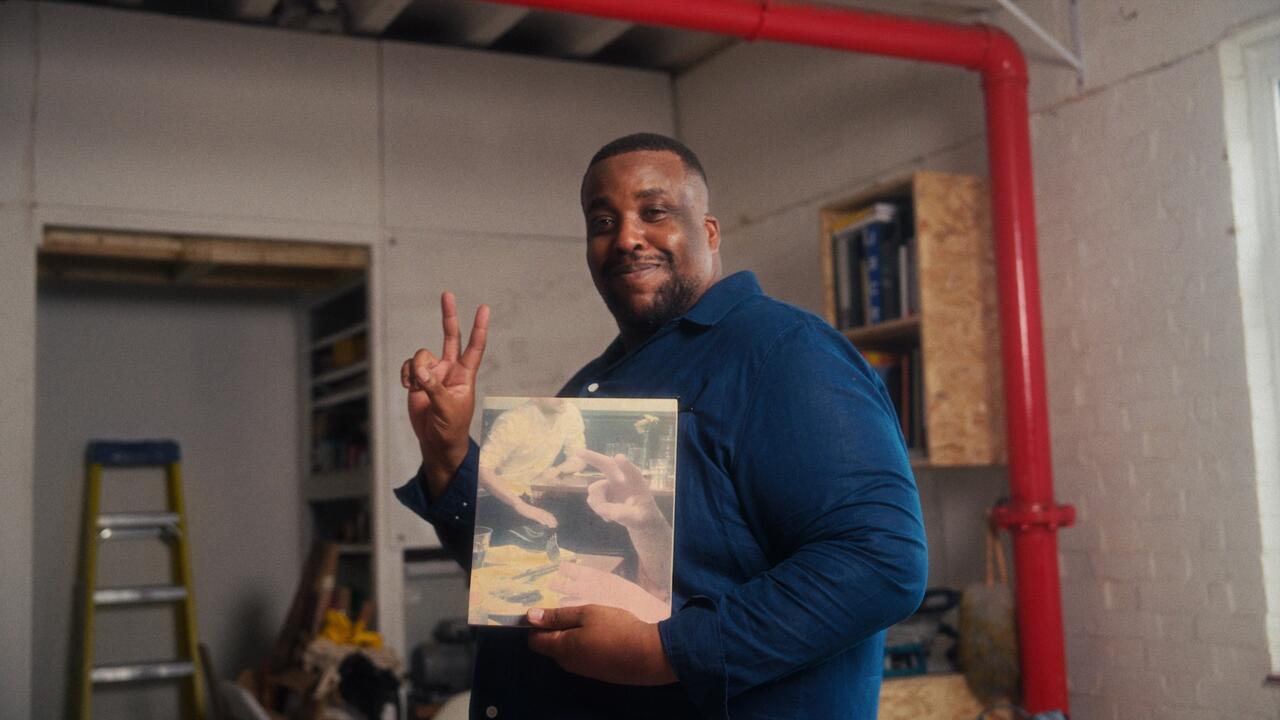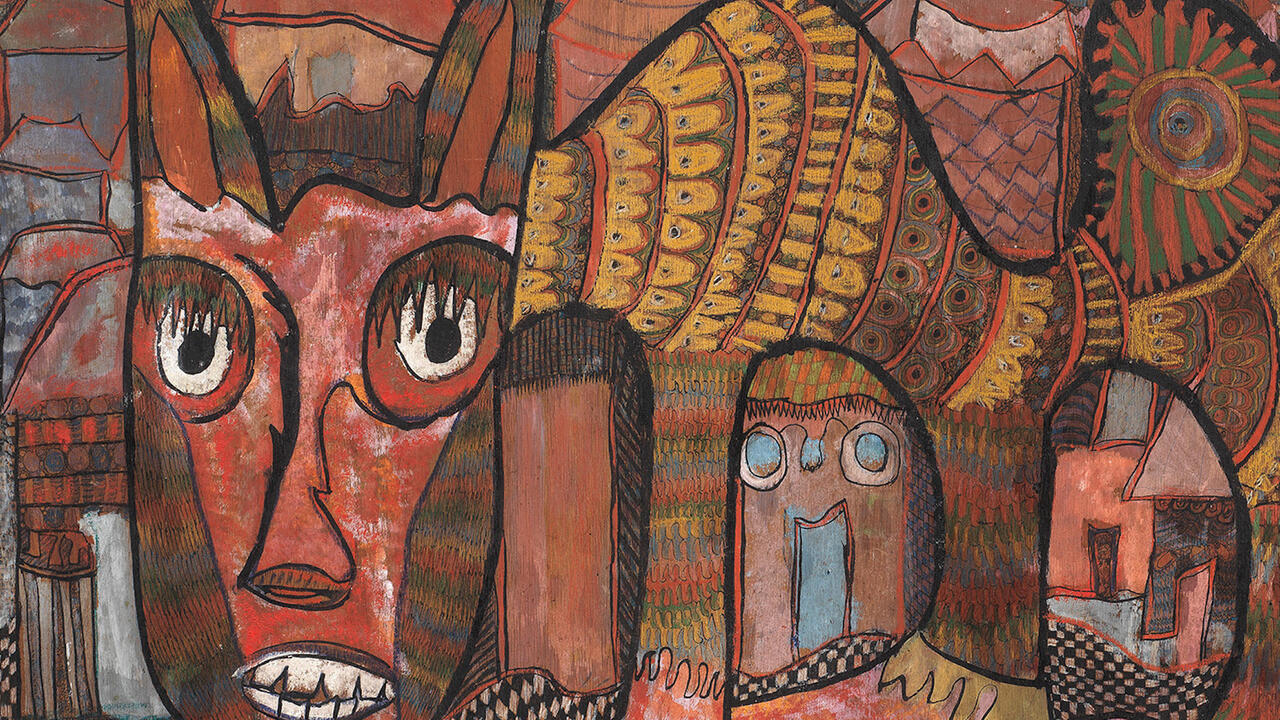Vito Acconci
If ever there was a time and place in which art-making hummed with personal obsessions gone public, it was around 1970 and wherever Vito Acconci’s body happened to be on any particular day. And what a very busy body it was. Lest there be any doubt, ‘Vito Acconci: Diary of a Body 1969–1973’, an exhaustive and long overdue survey of the artist’s picaresque journey through the underworld of his own physical self, supplies all the necessary evidence. Three decades after he stopped using his body as a portable performative tool, the contents of Acconci’s fabled but rarely plumbed archives – the innumerable photographs and contact sheets, videotapes, typed descriptions, handwritten logs, dog-eared index cards and drily haiku-like letters of intent – make a fairly watertight case for work that has otherwise left few physical traces. ‘Evidence’ is perhaps the only appropriate word for the sheer paperwork (plucked from manila folders, pinned to the walls and cross-referenced with yards of red tape) attending the hundreds of little actions, performances and non-events that Acconci pulled off in those years of intense, quasi-maniacal activity. The cumulative experience is less one of viewing an exhibition than one of piecing together a sprawling criminal investigation.
And that seems about right, since Acconci, who took fixations and gave them rules and forms, and appears to have treated the better part of his waking hours as an ever-unfolding series of orderly Conceptual episodes, comported himself like a gumshoe trying to decipher his subject’s behaviour, even though his subject was often as not himself. During this time Acconci went to extraordinary lengths to find out what a body could do in both public and private, especially when everyday activities – walking, running, biting, eating, rubbing, falling, leaning, moaning, jumping – were systematized or spun out to absurd extremes.
While ‘Diary of a Body’ documents such well-known performances as Following Piece (1970), for which Acconci spent afternoons stalking randomly chosen strangers through Manhattan streets, or Seedbed (1972), his legendary act of marathon onanism executed beneath the floorboards of Sonnabend Gallery, better still are the rare glimpses afforded of all the smaller, more fleeting actions that took place on a sometimes daily basis around town. (Acconci logged the date and time of almost every activity with the dutiful conscientiousness of a trainspotter.) Like a child inventing elaborate head games to impose egocentric meaning on the outside world (determined not to step on pavement cracks in order to avoid breaking his mother’s back), Acconci formulated all kinds of systems and procedures for himself, as if following these rules would prove something about his own existence that was otherwise unavailable to him.
One suspects that once Acconci headed down this path, playing out his curious compulsions and regimenting them, quantifying them, he must have soon realized how dangerously unlimited his options had become. Like his fellow Body Art practitioner Adrian Piper, Acconci fleshed out the missing links between tedium and humour, Minimalism and madness. Whether using his feet patiently to excavate a deep sandy hole on a Long Island beach (into which he slowly descended with a touchingly slapstick Sisyphean single-mindedness), as he did in the video-documented Digging Piece (1970), or spending an afternoon broad-jumping down a wooded lane in upstate New York, snapping photos of whatever lay before him each time he landed, Acconci’s countless one-off experiments were as plain and simple and numbingly repetitious – and hence somehow inherently funny – as any improvised kids’ game, or for that matter a Carl Andre floor piece. (Perhaps all children, in their perfect obsessions and willingness to repeat favourite actions ad nauseam, are born Minimalists.)
The show also clarifies just how critical the camera was to Acconci’s way of thinking. Not simply a device for documenting performances for which he was often the only conscious witness, his Kodak Instamatic became a vital appendage to his overworked, overtaxed body. Picture-taking – as in Blinks (1970), in which he strolled down a busy street trying hard not to blink, and taking a photo every time he did – was a prosthetic act, a way of extending his body into the world and making his imperfect presence in it uninterrupted and whole. (As he wrote in his accompanying description, he could later absorb the look of things he was momentarily unable to experience directly.) Like many of his unnoticed public actions, there is a sweet pathos to this desire to see what the world looks like when one is absent from it, akin to the fantasy of attending your own funeral.
One repeatedly gets the sense that Acconci, in using his body as his only reliable unit of measurement, is not only keeping tabs on his own existence but also ensuring that the tenuous thread linking him to all the other bodies flowing around him is maintained. In one simple and unexpectedly moving work from 1970, Withdrawal Piece, Acconci planted himself amid the midday throngs on 7th Avenue and shot as many photographs as he could of a woman as she walked away from him down the avenue. With each successive photo, the stranger slips further from our fixed gaze until she is lost to us, swallowed up in the jostling mass. The last frame, of a choppy sea of anonymous faces and sweaty bodies, is an image both banal and heart-breaking which connects Acconci not only to Whitman or Baudelaire, but to anyone who has been overtaken by the longing to be alone and perfectly at home in the crowd.
















